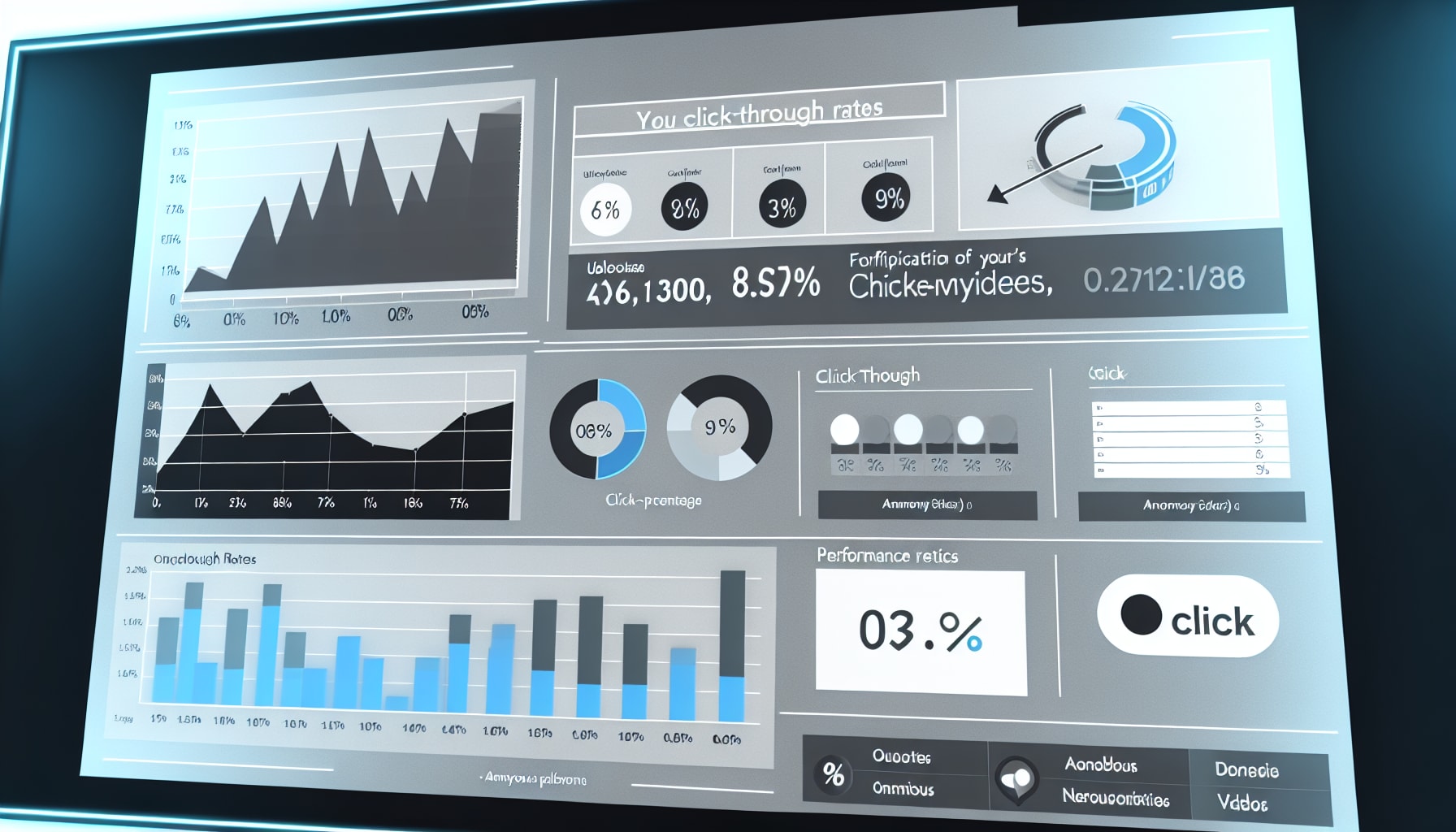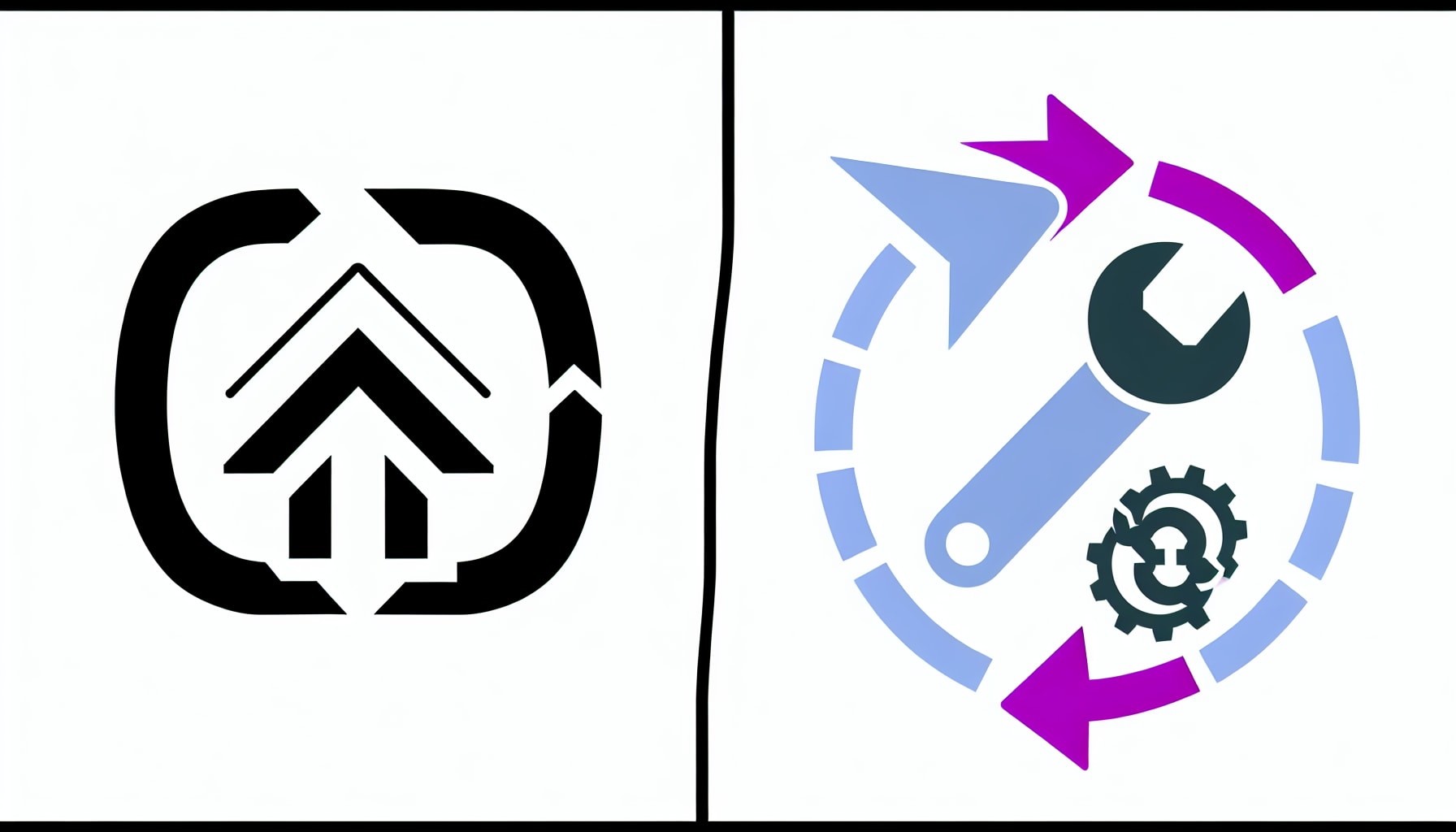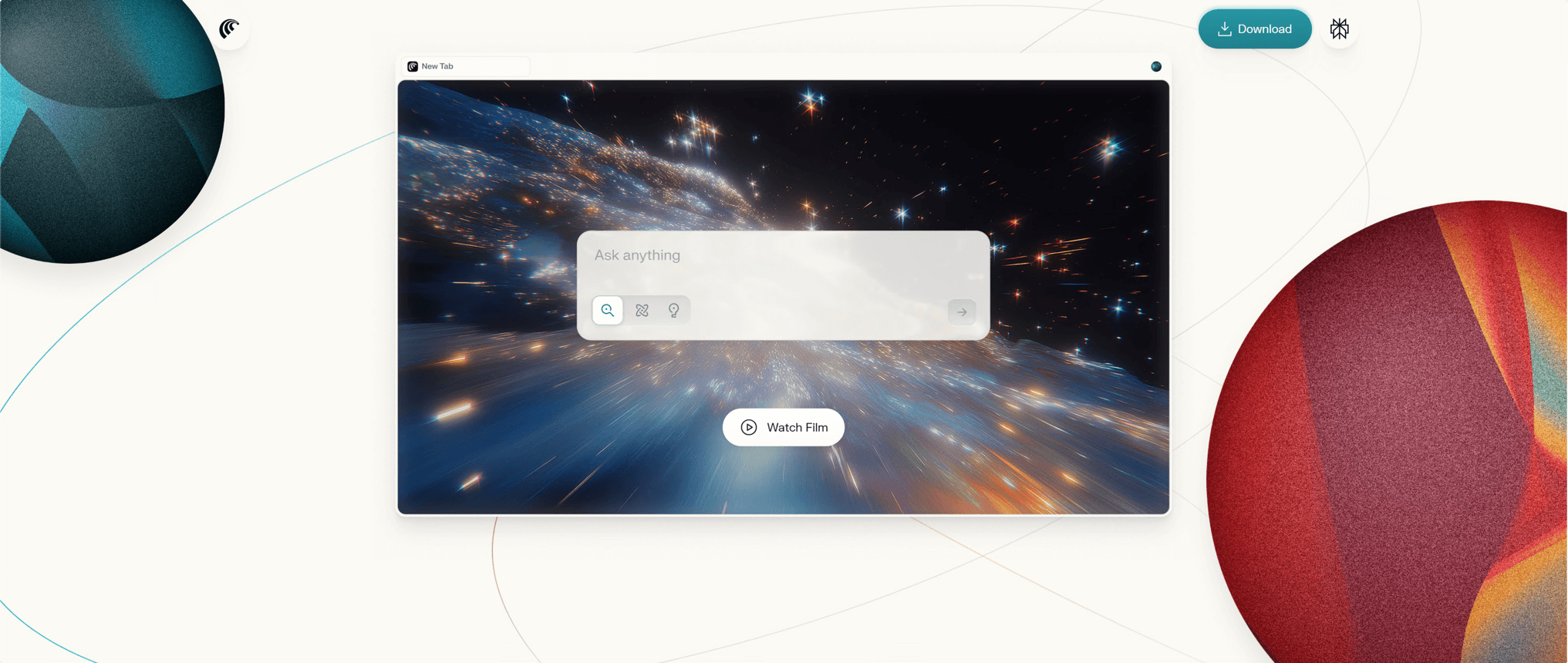You’re creating solid content. So why isn’t anyone clicking? If you’ve ever poured hours into a video only to see it languish with low views, the problem might not be the content itself, but its packaging. On a platform as visually crowded as YouTube, your thumbnail is the single most important piece of marketing for your video. It’s the digital storefront, the book cover, and the movie poster all rolled into one tiny rectangle. If it fails to grab attention and spark curiosity in a split second, viewers will simply scroll past, and your hard work will go unnoticed. This article breaks down the common pitfalls of thumbnail design and provides a clear, actionable guide to creating images that demand clicks, drive views, and help your content find the audience it deserves.
YouTube Thumbnail Challenges: Why Solid Content Isn’t Enough
In the endless scroll of a YouTube feed, your video isn’t just competing with a few others; it’s up against hundreds of options at any given moment. Great content hidden behind a poor thumbnail is like a brilliant product in a plain brown box—it gets overlooked. The primary challenges that cause thumbnails to fail are often simple in theory but difficult to master in practice.
A thumbnail’s failure often stems from poor visual design, unclear messaging, or a disconnect from the video’s actual content.

Unappealing Visual Design
A common mistake is using a low-resolution, blurry, or dark image. A still frame captured from the video often lacks the sharpness and professional polish needed to stand out. Similarly, a cluttered design with too many elements or clashing colors can overwhelm the viewer’s eye, causing them to disengage. A thumbnail must be visually clean and instantly legible, even at a very small size on a mobile screen.
Misleading or Unclear Information
This is the classic “clickbait” problem. A thumbnail that promises something sensational or dramatic but fails to deliver on that promise will ultimately harm your channel. While it might earn a click, viewers will quickly leave, sending negative signals like low watch time to the YouTube algorithm. This erodes audience trust and can even violate YouTube’s misinformation policies. The goal is to create intrigue, not deception. The thumbnail should accurately represent the core value or story of the video.
People don’t click on the best video — they click on the most appealing preview. It’s harsh, but it’s how the algorithm — and the human brain — works.
Lack of Relevance to Video Content
A thumbnail must set the correct expectations. If the image suggests a fast-paced tutorial but the video is a slow, philosophical discussion, you’ll attract the wrong audience and disappoint them. This disconnect leads to a high drop-off rate, signaling to YouTube that your video isn’t satisfying viewers. A successful thumbnail acts as an honest and compelling preview, ensuring the people who click are the ones who are most likely to watch and enjoy the entire video. This alignment is crucial for building a loyal, engaged community.
Key Techniques for Crafting High-Click Thumbnails
Moving from what doesn’t work to what does, crafting a high-performing thumbnail involves a deliberate combination of art and science. By focusing on a few core visual principles, you can transform your thumbnails from forgettable to compelling. These techniques are designed to capture attention and communicate value in the fraction of a second you have to win a click.
Effective thumbnails leverage color psychology, human emotion through facial close-ups, and a clean composition with minimal, bold text.

Color Psychology and Contrast
Your thumbnail is fighting for attention in a sea of other images, and vibrant, contrasting colors are your best weapon. Colors on opposite sides of the color wheel, like blue and orange or purple and yellow, create a strong visual pop that draws the eye. Beyond just grabbing attention, colors can evoke specific emotions. For example, reds and yellows can create a sense of urgency or excitement, while blues and greens can feel more calming or trustworthy. Boosting the saturation slightly in an editing tool can make your thumbnail’s colors appear more vivid and impactful, especially on a cluttered homepage.
Emotional Expression and Facial Close-ups
Humans are biologically wired to respond to other human faces. Research has consistently shown that thumbnails featuring expressive faces, particularly close-ups, tend to perform better. A clear shot of a face showing a strong, authentic emotion—like surprise, joy, or intense curiosity—creates an immediate connection with the viewer. It makes them wonder, “What caused that reaction?” This emotional hook is a powerful way to generate intrigue and encourage a click. As noted in a study on human facial perception, our brains are highly attuned to processing faces, making them a potent tool in visual communication.
Concise Text and Clear Composition
Less is almost always more when it comes to text on a thumbnail. Aim for three to five impactful words at most. Your thumbnail text should complement the video title, not repeat it. Use a large, bold, and easy-to-read font that remains legible even on a small phone screen. The overall composition should be simple, focusing on one or two main elements. A clean, uncluttered background helps the main subject—whether it’s a person, an object, or text—stand out.
According to YouTube, about half of all channels have a click-through rate (CTR) between 2% and 10%. While a CTR of 3-4% is common, pushing for 5-7% or higher can significantly increase your video’s exposure.
Practical Strategies to Optimize Thumbnails for Higher CTR
Creating a single great thumbnail is good, but building a system for consistently producing high-performing visuals is what separates successful channels from the rest. This involves moving beyond one-off designs and adopting a strategic approach that combines branding, technical optimization, and data analysis to maximize your click-through rate (CTR).
To consistently achieve high CTR, creators should establish a recognizable brand style, optimize for mobile viewing, and use A/B testing to make data-driven decisions.

Unified Brand Style and Template Creation
Consistency is key to building brand recognition. When viewers can instantly identify your videos in their feed, they are more likely to click. Develop a consistent style by using a recurring color palette, font, logo placement, or layout. Creating a template in a design tool like Canva or Photoshop can save you time and ensure every thumbnail aligns with your channel’s brand identity. This visual signature helps build familiarity and trust with your audience over time.
Mobile-First Optimization
With over 70% of YouTube views happening on mobile devices, your thumbnails must be designed for small screens. What looks great on a large desktop monitor might become an unreadable mess on a phone. Before finalizing your design, shrink it down to the size of a mobile thumbnail to test its legibility. Ensure text is large and bold, faces are clearly visible, and the overall design is simple and impactful. If you can’t understand the thumbnail’s core message at a glance when it’s small, it needs to be simplified.
Using A/B Testing for Data-Driven Design
Guesswork is the enemy of optimization. Fortunately, YouTube now offers a built-in “Test & Compare” feature that allows you to A/B test different thumbnails for the same video. You can upload two or three variations, and YouTube will show them to different segments of your audience to see which one earns a higher CTR. This data is invaluable. You can test a version with text against one without, or a smiling face against a surprised one. Over time, these tests will reveal what resonates most with your specific audience, allowing you to refine your strategy based on hard data, not just intuition.
In a testament to the power of a strong visual, YouTube reports that an impressive 90% of the best-performing videos on the platform use custom thumbnails rather than auto-generated ones.
Common Thumbnail Problems and Solutions
Even after you’ve designed the perfect thumbnail, you can still run into technical roadblocks. From frustrating delays to understanding strict platform rules, navigating the backend of YouTube is part of the job. Knowing how to troubleshoot these common issues will save you time and ensure your visuals are always working for you.
Common technical hurdles include update delays caused by caching, incorrect file specifications, and potential loss of custom thumbnail privileges due to policy violations.

Thumbnail Update Delays and Cache Issues
You’ve uploaded a new, improved thumbnail, but the old one is still showing up. This is a frequent and frustrating issue, but it’s rarely a serious problem. Most of the time, the delay is caused by YouTube’s servers taking time to process the change or by your browser’s cache holding onto the old image. The first step is to simply wait a few hours. If it still hasn’t updated, try clearing your browser’s cache or viewing the video in an incognito window. As a last resort, re-uploading the thumbnail with a very minor edit can often force the system to refresh it.
In 95% of the cases, YouTube won’t change your thumbnail because it takes long to process it. It’s not your fault, it’s just that the process is long on YouTube’s side.
YouTube Thumbnail Specs and Format Requirements
To ensure your thumbnail looks sharp and uploads correctly, you must adhere to YouTube’s technical specifications. Failing to do so can result in a blurry or rejected image. The official requirements are:
- Resolution: 1280×720 pixels
- Aspect Ratio: 16:9
- File Format: JPG, GIF, or PNG
- File Size: Under 2 MB
Avoiding Violations to Maintain Thumbnail Privileges
To upload a custom thumbnail, your YouTube account must be verified via phone number. This is a one-time process that unlocks the feature. However, this privilege can be revoked. If your thumbnails repeatedly violate YouTube’s Community Guidelines—for example, by containing nudity, hate speech, or graphic violence—your channel may receive a strike, and your ability to upload custom thumbnails could be suspended for 30 days or longer. Always ensure your thumbnails are appropriate and accurately reflect your content to protect your channel’s standing.
Conclusion
Your YouTube thumbnail is far more than just a decorative image; it’s the most critical factor in convincing a potential viewer to click on your video. As we’ve seen, solid content alone isn’t enough to succeed in such a competitive environment. Success hinges on a thoughtful combination of compelling visual design, strategic optimization, and technical diligence.
By embracing the principles of strong color contrast, emotional connection, and clean composition, you can create thumbnails that grab attention. By committing to a consistent brand style, a mobile-first approach, and data-driven A/B testing, you can build a system that consistently boosts your click-through rate. Finally, by understanding how to navigate common technical issues, you can ensure your efforts are never wasted.
Take a moment to look at your last five videos. Do their thumbnails meet the standards discussed here? For your next upload, challenge yourself to spend extra time crafting the thumbnail. Test two different versions. The results might surprise you. Remember, a clickable video is one that gets seen, and your thumbnail is the gateway. Make it count.
Tools like this won’t fix everything, but they can make things easier.
Sometimes, getting unstuck is just about removing one small barrier.
If this sounds useful to you, Feel Free to Explore the Tool
Here →









